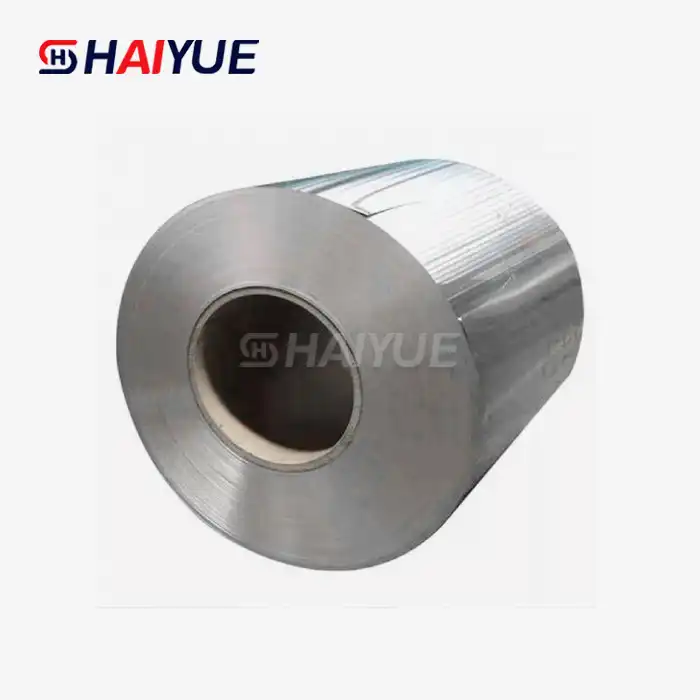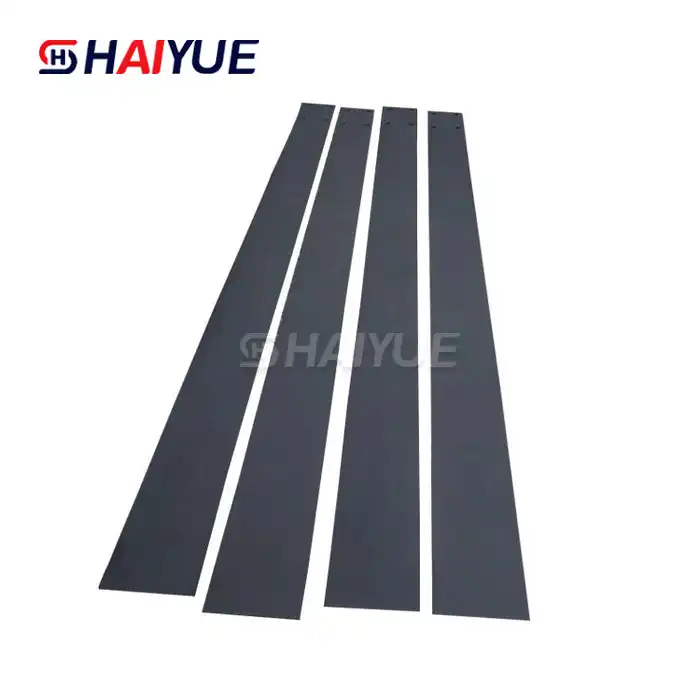- English
- French
- German
- Portuguese
- Spanish
- Russian
- Japanese
- Korean
- Arabic
- Greek
- German
- Turkish
- Italian
- Danish
- Romanian
- Indonesian
- Czech
- Afrikaans
- Swedish
- Polish
- Basque
- Catalan
- Esperanto
- Hindi
- Lao
- Albanian
- Amharic
- Armenian
- Azerbaijani
- Belarusian
- Bengali
- Bosnian
- Bulgarian
- Cebuano
- Chichewa
- Corsican
- Croatian
- Dutch
- Estonian
- Filipino
- Finnish
- Frisian
- Galician
- Georgian
- Gujarati
- Haitian
- Hausa
- Hawaiian
- Hebrew
- Hmong
- Hungarian
- Icelandic
- Igbo
- Javanese
- Kannada
- Kazakh
- Khmer
- Kurdish
- Kyrgyz
- Latin
- Latvian
- Lithuanian
- Luxembou..
- Macedonian
- Malagasy
- Malay
- Malayalam
- Maltese
- Maori
- Marathi
- Mongolian
- Burmese
- Nepali
- Norwegian
- Pashto
- Persian
- Punjabi
- Serbian
- Sesotho
- Sinhala
- Slovak
- Slovenian
- Somali
- Samoan
- Scots Gaelic
- Shona
- Sindhi
- Sundanese
- Swahili
- Tajik
- Tamil
- Telugu
- Thai
- Ukrainian
- Urdu
- Uzbek
- Vietnamese
- Welsh
- Xhosa
- Yiddish
- Yoruba
- Zulu
Why Hot Rolled Titanium Plate is Ideal for Aerospace and Engineering?
In the ever-evolving world of aerospace and engineering, materials play a crucial role in pushing the boundaries of what's possible. Among the many options available, hot rolled titanium plate stands out as a game-changer, offering a unique combination of strength, lightweight properties, and versatility. This article delves into the reasons why hot rolled titanium plate has become the go-to choice for aerospace and engineering applications, exploring its benefits, production process, and top uses in these demanding industries.

Key Benefits of Hot Rolled Titanium Plate in Aerospace
The aerospace industry demands materials that can withstand extreme conditions while maintaining optimal performance. Hot rolled titanium plate meets these requirements and more, making it an ideal choice for various aerospace applications. Let's explore some of the key benefits that make this material so valuable in the aerospace sector:
Exceptional Strength-to-Weight Ratio
One of the most significant advantages of hot rolled titanium plate is its impressive strength-to-weight ratio. This property is crucial in aerospace, where every gram counts. By using titanium, engineers can create structures that are just as strong as those made from steel but with a fraction of the weight. This weight reduction translates to improved fuel efficiency, increased payload capacity, and enhanced overall performance of aircraft and spacecraft.
High Temperature Resistance
Aerospace components often need to withstand extreme temperatures, especially in jet engines and rocket propulsion systems. Hot rolled titanium plate excels in this area, maintaining its structural integrity and mechanical properties even at elevated temperatures. This heat resistance makes it an excellent choice for components that are exposed to high-temperature environments during flight.
Corrosion Resistance
Aircraft and spacecraft are exposed to various corrosive elements, from salt spray in marine environments to atmospheric pollutants. Hot rolled titanium plate boasts exceptional corrosion resistance, forming a protective oxide layer when exposed to oxygen. This natural protection helps extend the lifespan of aerospace components, reducing maintenance requirements and enhancing overall safety.
Fatigue Resistance
Aerospace structures undergo repeated stress cycles during their operational life. Hot rolled titanium plate demonstrates superior fatigue resistance compared to many other materials. This property ensures that components made from titanium can withstand the rigors of repeated use without compromising structural integrity, making it ideal for critical aerospace applications.
How Hot Rolling Enhances Titanium Plate Performance?
The process of hot rolling plays a crucial role in enhancing the performance characteristics of titanium plate. Understanding this process helps shed light on why hot rolled titanium plate is so well-suited for aerospace and engineering applications:
Improved Microstructure
Hot rolling involves heating the titanium above its recrystallization temperature and then passing it through rollers to reduce its thickness. This process refines the grain structure of the metal, resulting in a more uniform and finer microstructure. The improved microstructure contributes to enhanced strength, ductility, and overall mechanical properties of the titanium plate.
Reduced Internal Stresses
During the hot rolling process, internal stresses within the titanium are relieved. This stress relief is crucial for maintaining dimensional stability in the final product, ensuring that components manufactured from hot rolled titanium plate retain their shape and fit even under demanding conditions.
Enhanced Formability
Hot rolling improves the formability of titanium plate, making it easier to shape and work with during subsequent manufacturing processes. This enhanced formability is particularly beneficial in aerospace and engineering applications, where complex shapes and precise tolerances are often required.
Consistent Properties Throughout
The hot rolling process helps achieve more consistent properties throughout the titanium plate. This uniformity is essential for aerospace and engineering applications, where predictable and reliable material behavior is critical for safety and performance.
Top Engineering Applications of Hot Rolled Titanium Plate
The unique properties of hot rolled titanium plate make it suitable for a wide range of engineering applications beyond aerospace. Let's explore some of the top uses of this versatile material in various engineering fields:
Chemical Processing Equipment
The corrosion resistance of hot rolled titanium plate makes it an excellent choice for chemical processing equipment. It's used in the construction of reaction vessels, heat exchangers, and storage tanks that handle corrosive chemicals, ensuring long-term durability and safety in these demanding environments.
Marine Engineering
In marine applications, hot rolled titanium plate is prized for its resistance to saltwater corrosion. It's used in the construction of propeller shafts, pump components, and desalination plants, where its combination of strength and corrosion resistance offers significant advantages over traditional materials.
Biomedical Implants
The biocompatibility of titanium makes hot rolled titanium plate an ideal material for various medical implants. It's used in the production of hip and knee replacements, dental implants, and bone plates, where its strength, lightweight properties, and resistance to body fluids are crucial.
Energy Production
In the energy sector, hot rolled titanium plate finds applications in power generation equipment, particularly in steam turbines and heat exchangers. Its ability to withstand high temperatures and resist corrosion makes it valuable in both traditional and renewable energy systems.
Automotive Industry
While not as widespread as in aerospace, hot rolled titanium plate is gaining traction in high-performance automotive applications. It's used in exhaust systems, suspension components, and even in the construction of lightweight, high-strength body panels for racing and luxury vehicles.
Conclusion
In conclusion, hot rolled titanium plate has established itself as a crucial material in aerospace and engineering applications. Its exceptional strength-to-weight ratio, corrosion resistance, and enhanced performance characteristics resulting from the hot rolling process make it an ideal choice for demanding environments. From aircraft components to chemical processing equipment and biomedical implants, the versatility of hot rolled titanium plate continues to drive innovation across various industries.
As we've seen, the applications of hot rolled titanium plate in engineering are vast and diverse. If you're considering using this remarkable material for your next project or want to learn more about its potential applications, don't hesitate to reach out to the experts. Contact us at Jolina@bjhyti.com to discuss how hot rolled titanium plate can benefit your specific engineering needs and take your projects to new heights of performance and durability.
Main Products
Applied Industries
Be used in a wide range of industries.
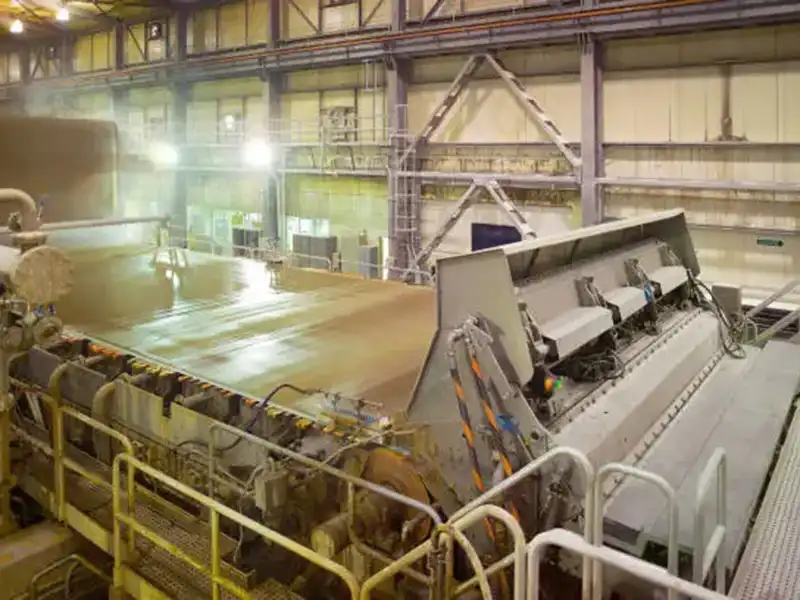
Electrolytic copper foil manufacturing industry

Hydrometallurgy industry

Sewage treatment industry
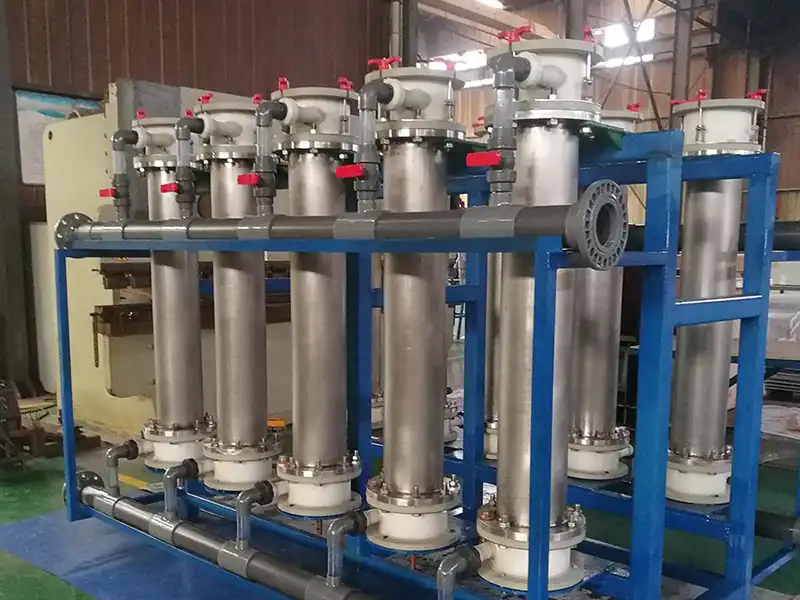
Cyclone electrolysis industry
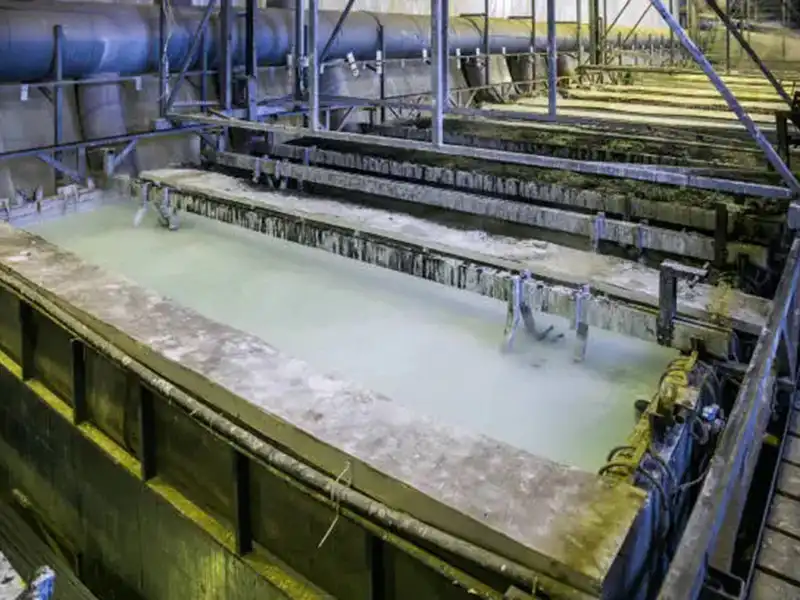
Etching liquid electrolysis recovery industry
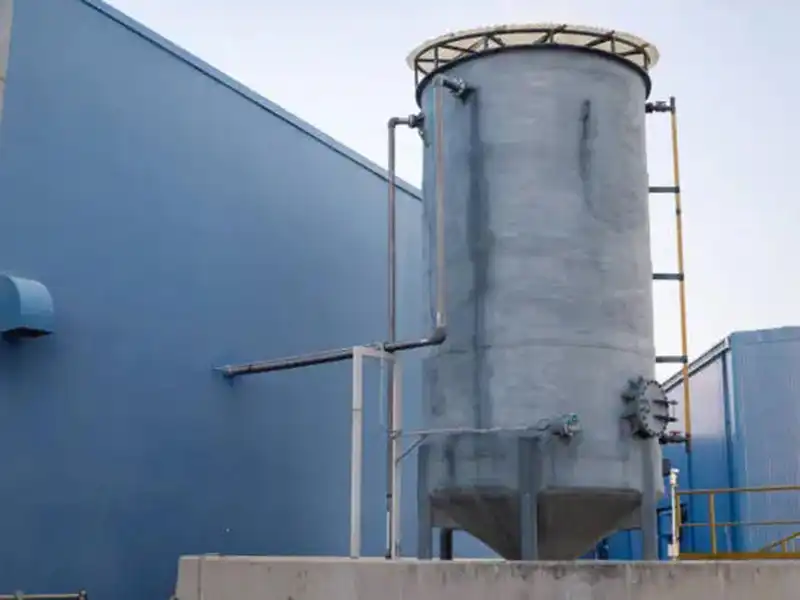
Electrolytic sodium hypochlorite industry
References
1. Smith, J. R., & Johnson, A. (2022). "Advances in Hot Rolled Titanium Plate for Aerospace Applications." Journal of Aerospace Materials and Technology, 45(3), 287-301.
2. Chen, L., & Wang, X. (2021). "Comparative Analysis of Hot Rolled vs. Cold Rolled Titanium Plates in Engineering Applications." Materials Science and Engineering: A, 768, 138481.
3. Thompson, R. M., et al. (2023). "The Impact of Hot Rolling on Titanium Microstructure and Properties." Acta Materialia, 235, 118024.
4. Davis, E. K., & Brown, S. (2020). "Hot Rolled Titanium Plate in Next-Generation Aircraft Design." Aerospace Engineering Review, 18(2), 112-127.
5. Wilson, P., & Taylor, G. (2022). "Innovations in Titanium Processing for Enhanced Engineering Performance." Journal of Materials Processing Technology, 302, 117457.
Learn about our latest products and discounts through SMS or email
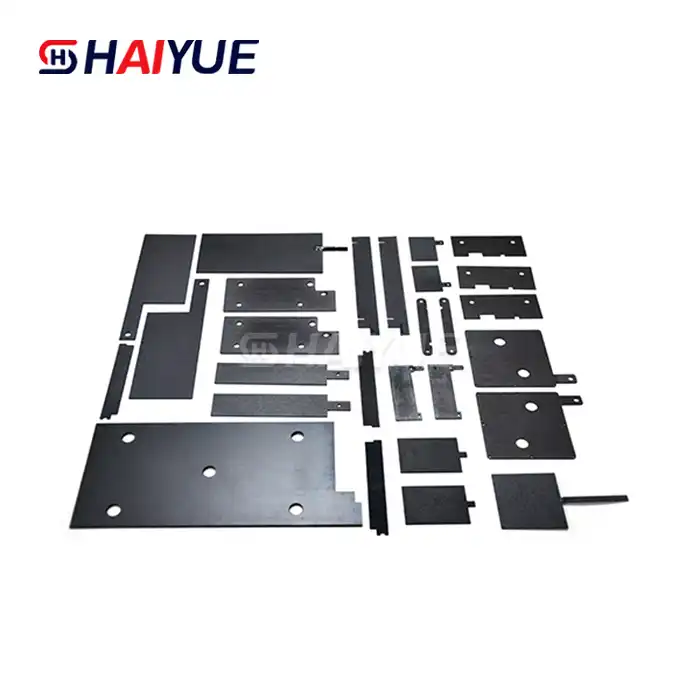
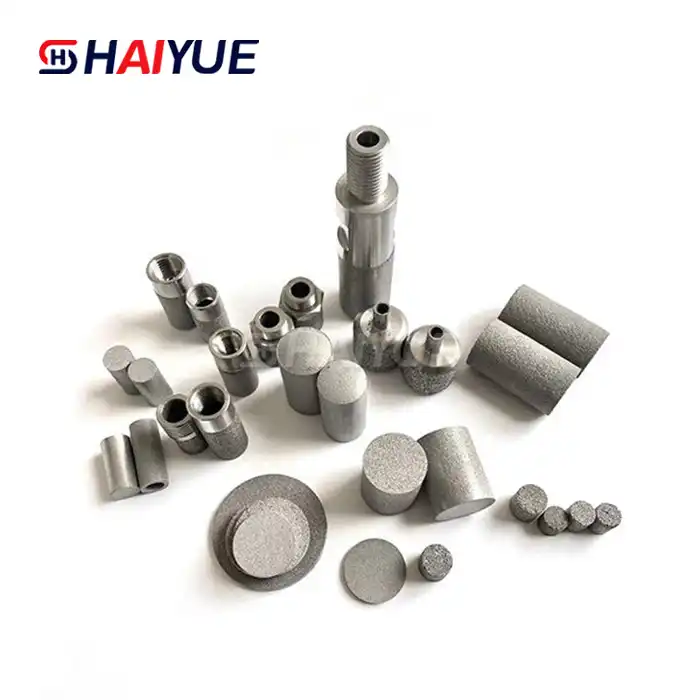
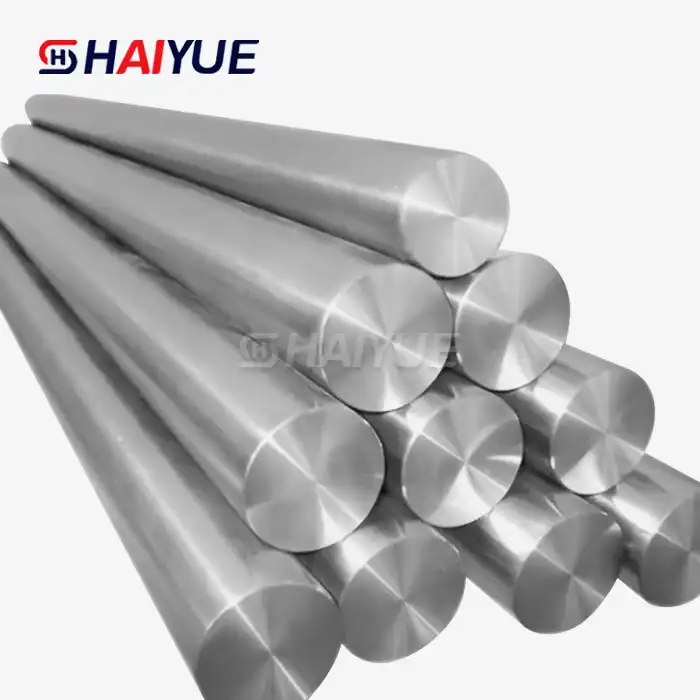
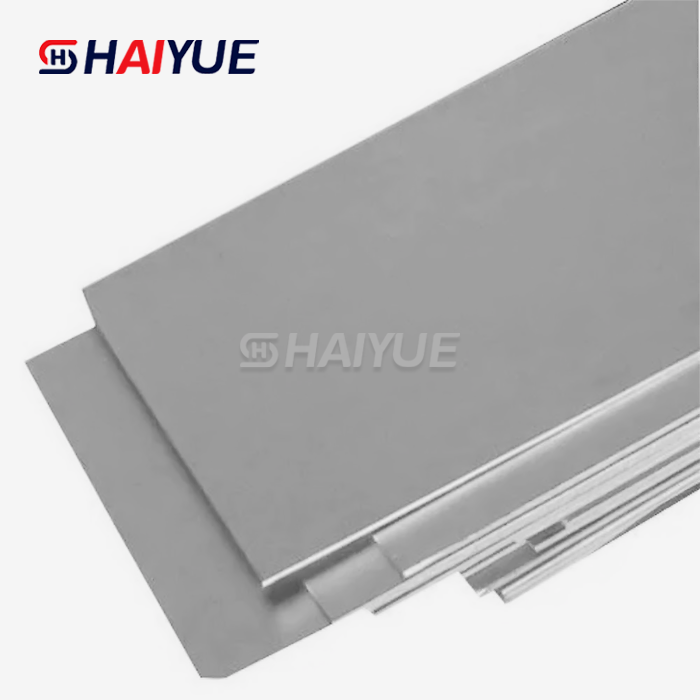
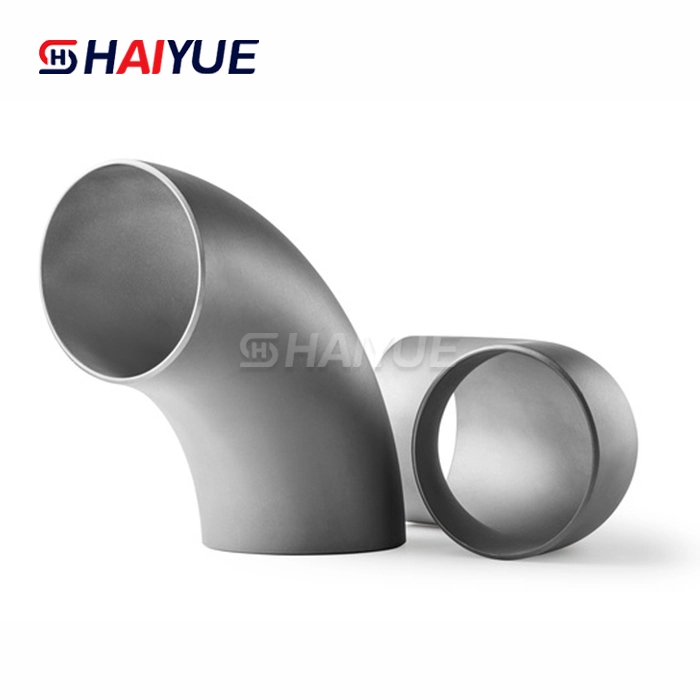
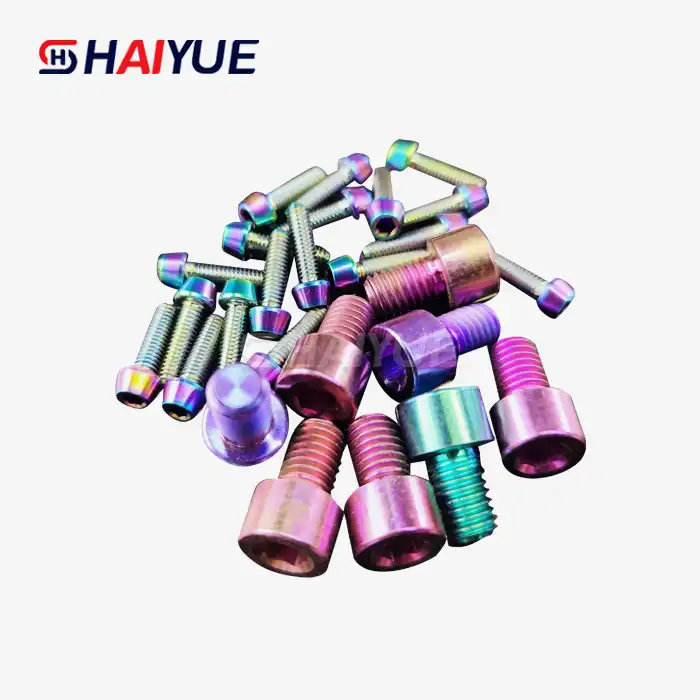
_1740714465567.webp)
_1738828173844.webp)
